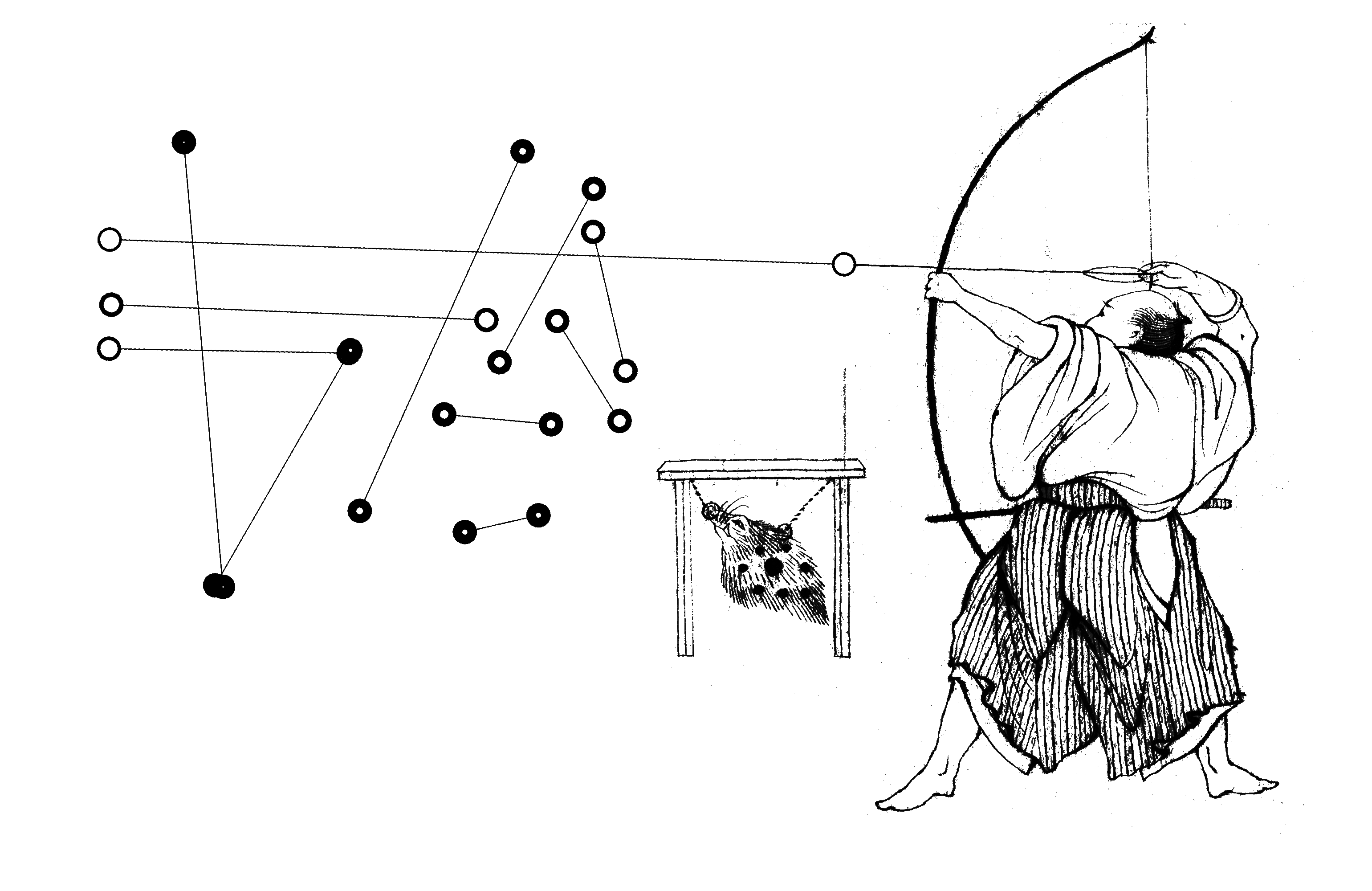
SoundBow is a drawing based music instrument with a clean and simple visual interface. Create music by drawing curves over the screen. Your gestures will be remembered and played back continuously. Each time your ever-looping gesture hits a string, a sound is produced. Apart from drawing, you can experiment by moving the strings around freely to rescale your instrument. Record your own sounds through the microphone and start creating melodies, soundscapes with your own voice. If you wish, you can also export your composition as an audio file.
Play with your sounds on a minimalistic, streamlined interface, where you can create beautiful calligraphic lines, move elements using multitouch input. SoundBow brings you a playful, unique sound experience that is based on your own, custom, live recorded sound samples.
Update: read a comprehensive overview on the history of the design and development of SoundBow (a personal journey) here.
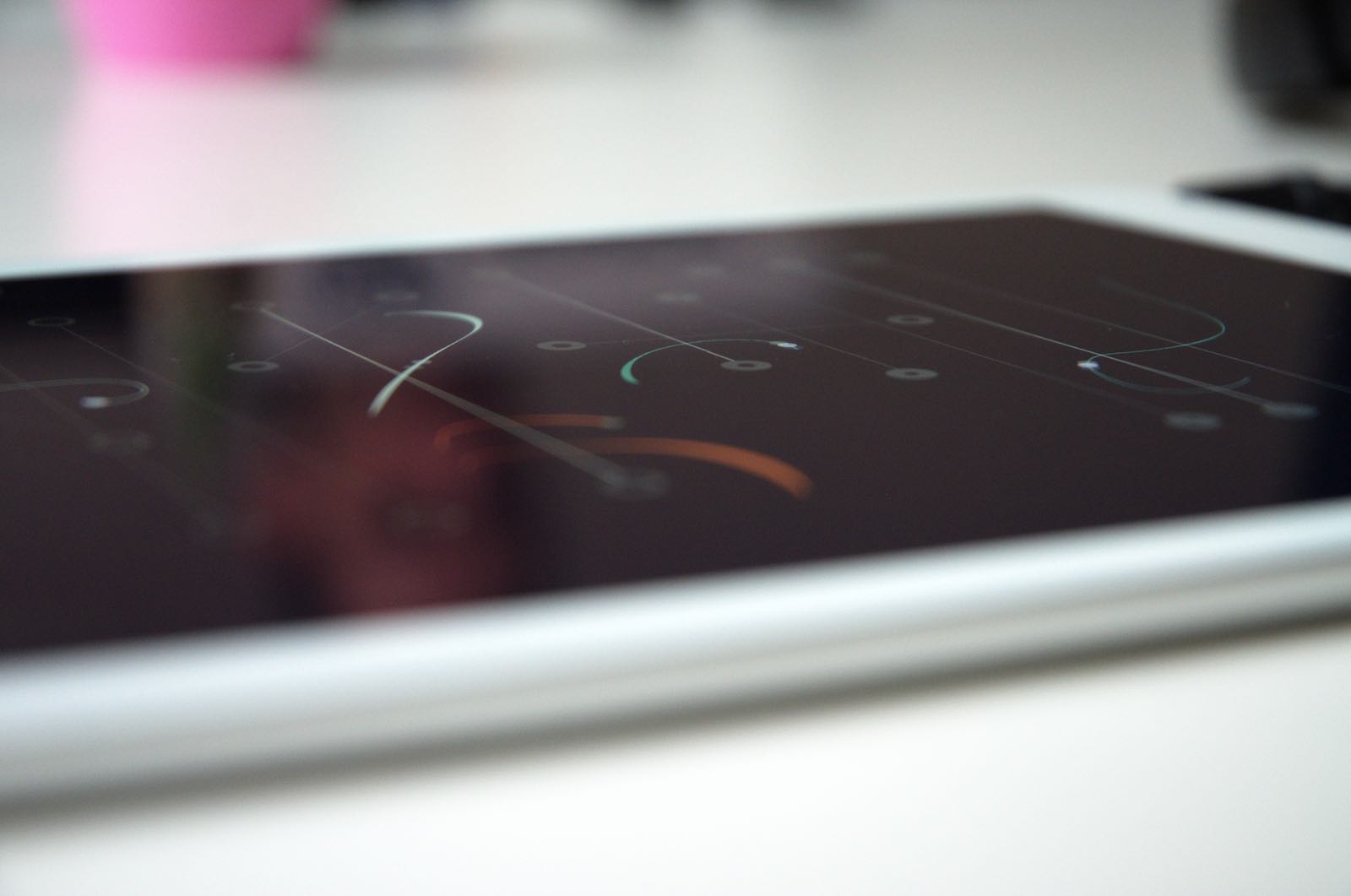
"Touch-based mobile devices allowed interactive, gesture-based music production to hit the masses. So far, this type of musical creation hasn't exactly taken the world by storm. But SoundBow, a drawing-based musical instrument app, should shake things up a little bit with its clean, minimal visual interface and mesmerizing potential for complex, loop-based music production." - The Creators Project
"Binaura bring their beautiful SoundBow app to iOS at last. It is a gorgeous instrument with huge possibilities for expression and creativity. I think that in many ways these are the kinds of apps that iOS was made for." - Palm Sounds
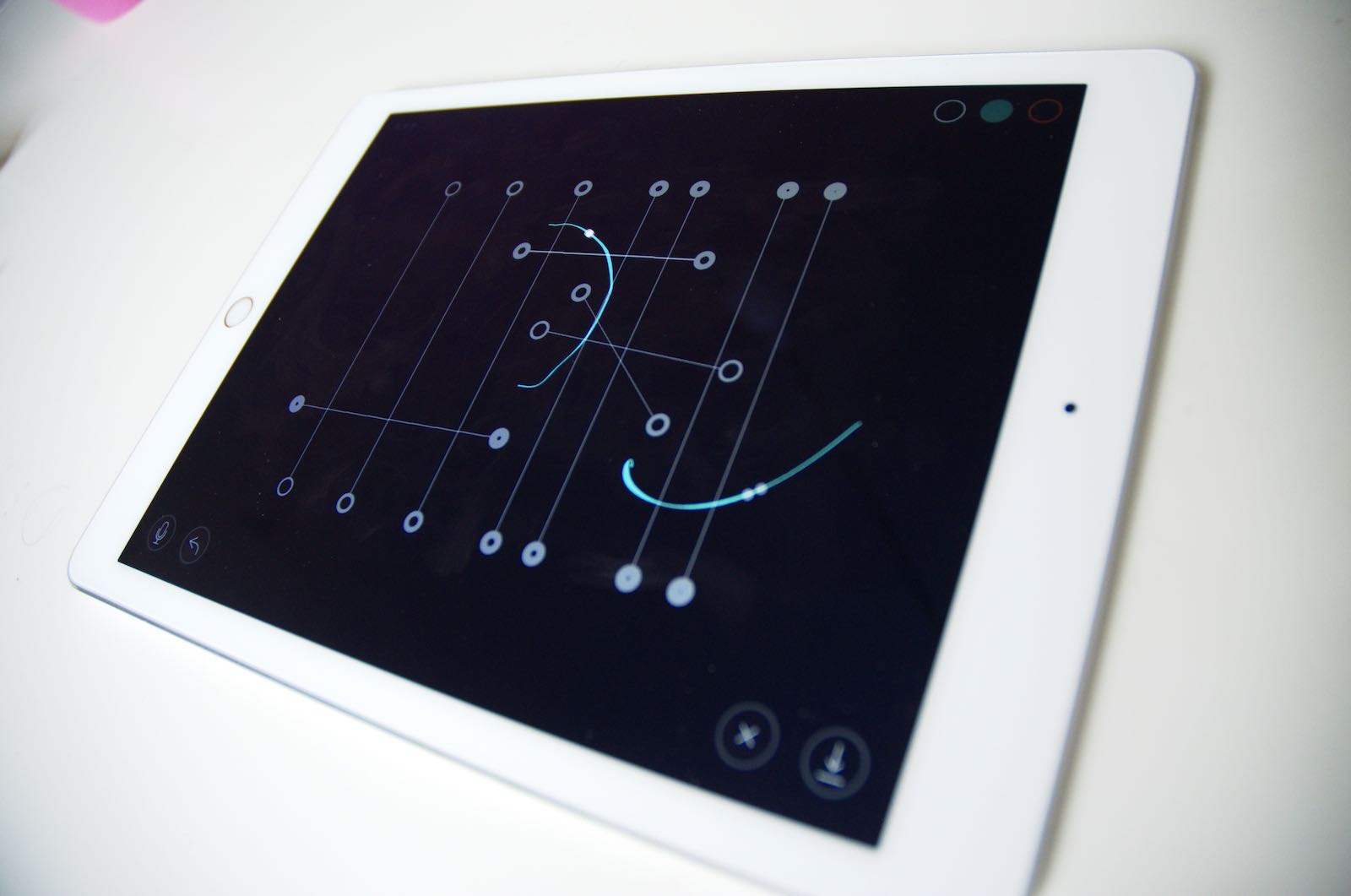
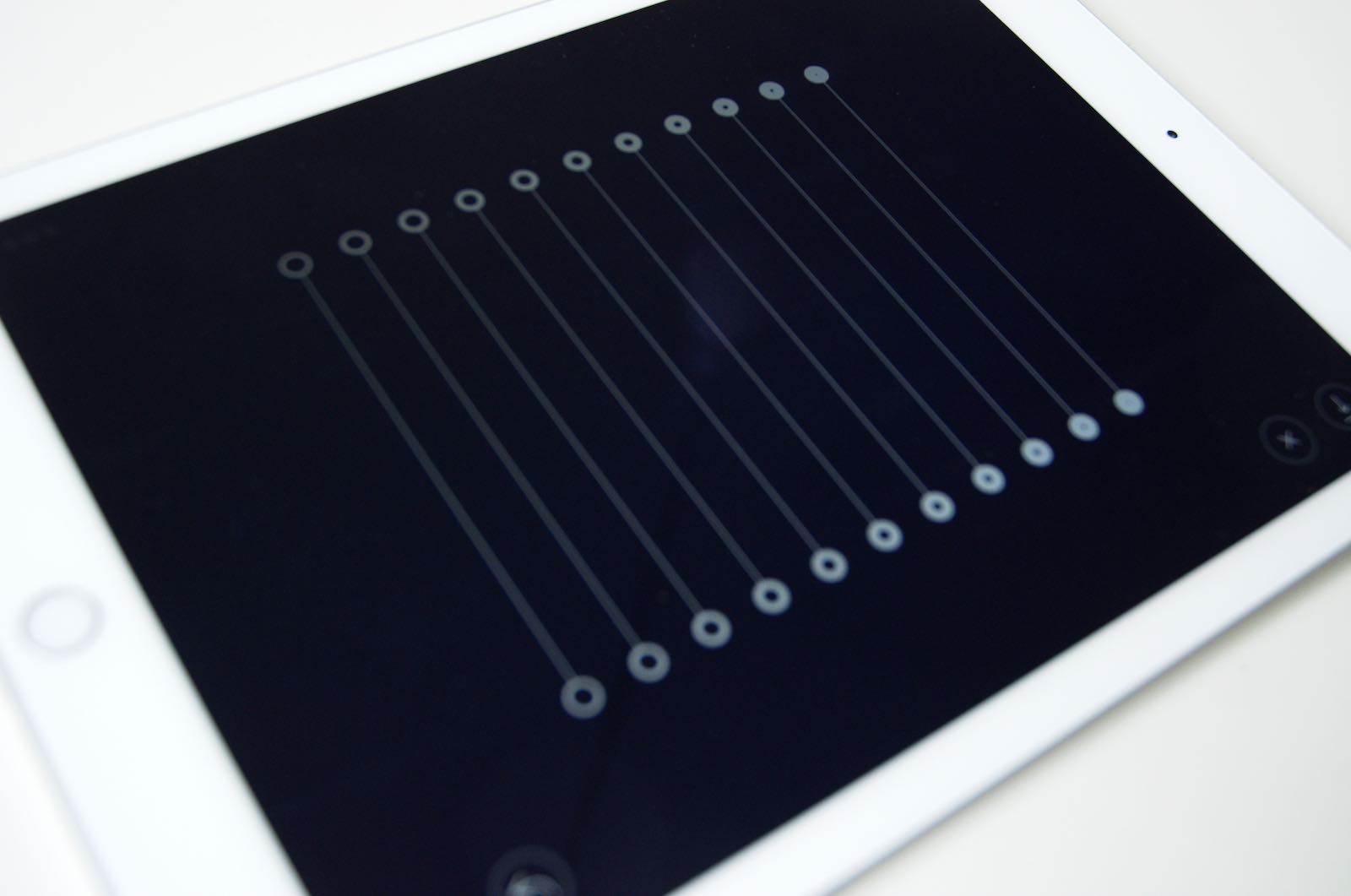
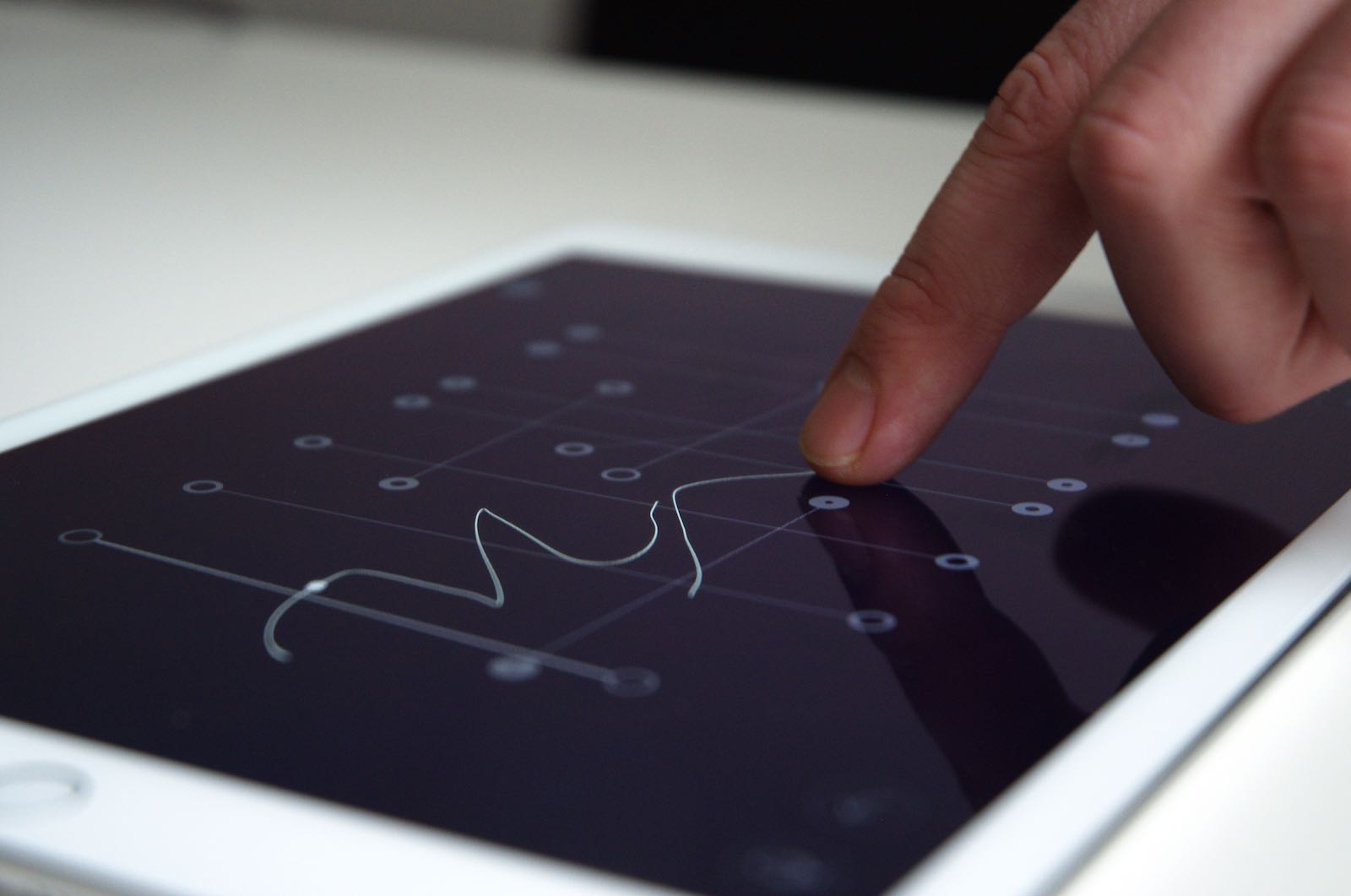
SoundBow has been inspired by procedural drawing systems, visual music notations of the 60s, visual symbolic manipulation systems, such as SketchPad, GRaiL, among more recent musical drawing interfaces, such as YellowTail, Sonic Wire Sculptor or Iannix. SoundBow is made with free and open source tools. The interface is built with OpenFrameworks. The sound engine is made with SodaLib, a free Data Sonification Library built on top of libPd (Pure Data).
An early, simplified, web version of the original SoundBow is available here. This version is made with open web technologies that runs natively in your browser. It is built on html5's canvas and audio elements using the ProcessingJS library.
The JavaScript version of SoundBow has been honoured by The Chrome Experiments team by including it in the carefully curated Chrome Experiments series. The source for the web version is open and freely available from the projects's Github repository. Feel free to tweak & fork.
Existing SoundBow Versions: Mobile App, Web Based Application
Year of releases: 2012 (Android), 2013 (HTML5), 2016 (iOS)
Exporting your composition as a soundfile
Apart of recording and sampling live sounds from your surrounding environment, you can export your composition as high quality, uncompressed soundfiles by pressing the bottom right button on the interface. If you wish, you can access them at anytime right on your iOS device using the free Files App that ships with the OS.
Using Midi >>> EXPERIMENTAL / USE AT YOUR OWN RISK
Midi makes it possible to control other instruments with SoundBow. It is based on CoreMIDI, and has been tested on OSX, should work on other operating systems too. There is a really easy way to setup a midi network through your wireless internet connection, if you follow the guidelines on this site. There can be found several good video tutorials also on how to get started. Once you are ready and finished the setup of your network midi session, just launch SoundBow and select your iOS device to connect it to your midi session*. If everything goes well, you will receive MIDI note on events sent to channel 1, channel 2 and channel 3, depending on what color you are using within SoundBow. You can forward these messages to your favourite DAW system, or do more experimental things like driving lights, motors and objects by sending the midi data to an Arduino for example.
We have some feedback on the fragile nature of using SoundBow with other MIDI apps within iOS. Quick note: midi support is highly experimental. Mess with it only if you know how to do kung fu. Don't look back. SoundBow is a playground for creative ideas, not a professional musical instrument. If you want to tweak iOS synths, look somewhere else.
* Please note, on some devices we had to launch another MIDI capable app in order to make the device visible on the network, but after discovered once, it stays there nicely. So, if you don't see your device for the first time on the list, please launch another app (for examlpe, the free Perfect Piano app did the trick for us).
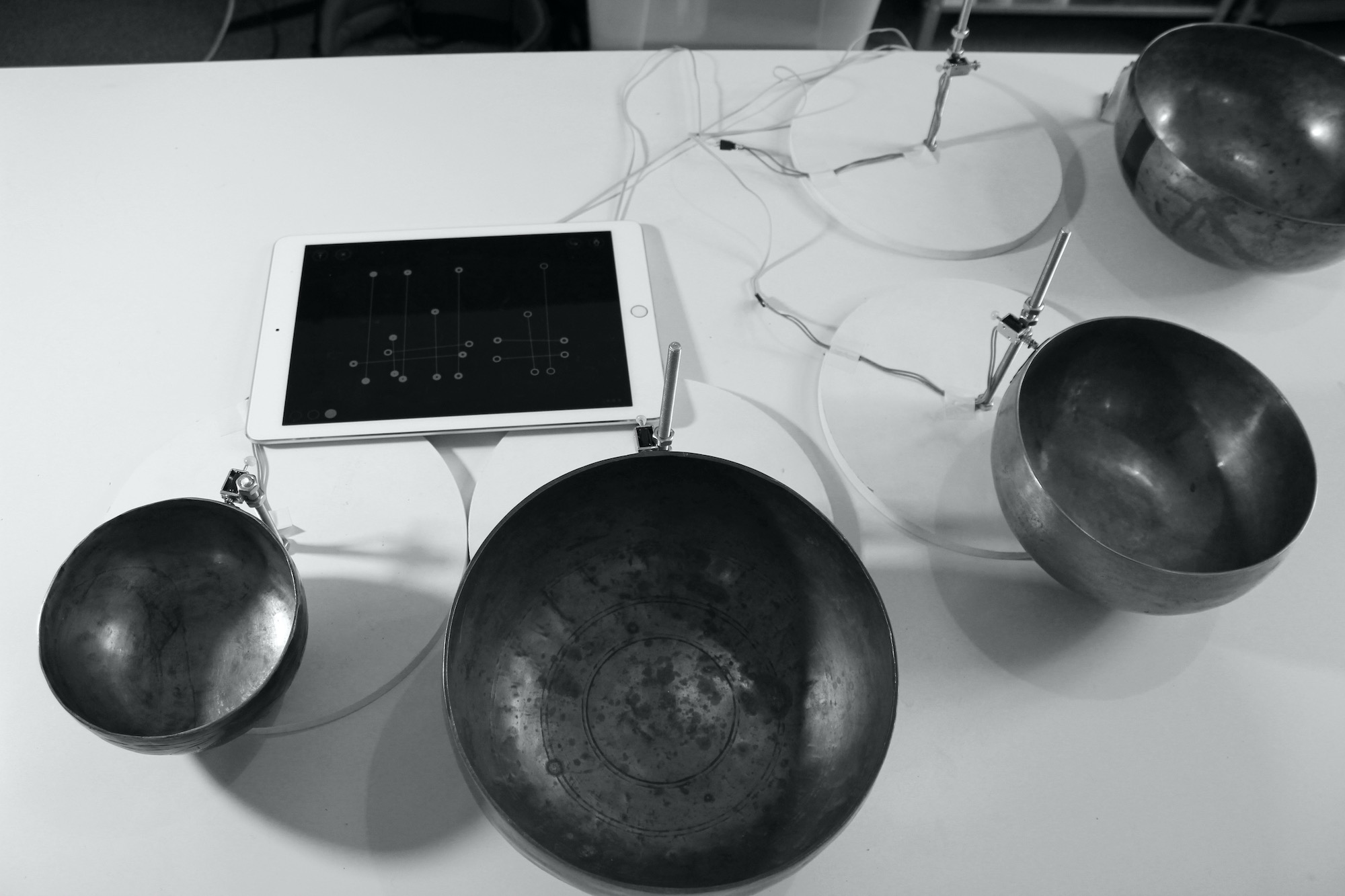
A helper patch in Pure Data
Since the sound engine of SoundBow is made with the free, open source tool Pure Data, and since Pure Data is a very useful tool for experimenting quickly, you can download some Pure Data patches that can be interfaced with SoundBow. These can give you a hint on how to receive the messages and how to do some interesting stuff with them. The patches are free to download on GitHub. After downloading Pure Data , open midirouter.pd and select your midi input device under Media/MIDI Settings. If you see your shared midi network there, select it for input, and you are ready to go. This patch gives you a hint on how to receive messages if you are using other environments, such as Ableton Live, Max Msp, Reaktor or any other authoring environments.
Press Kit: Additional info & high resolution images are available to download in one file from here.
